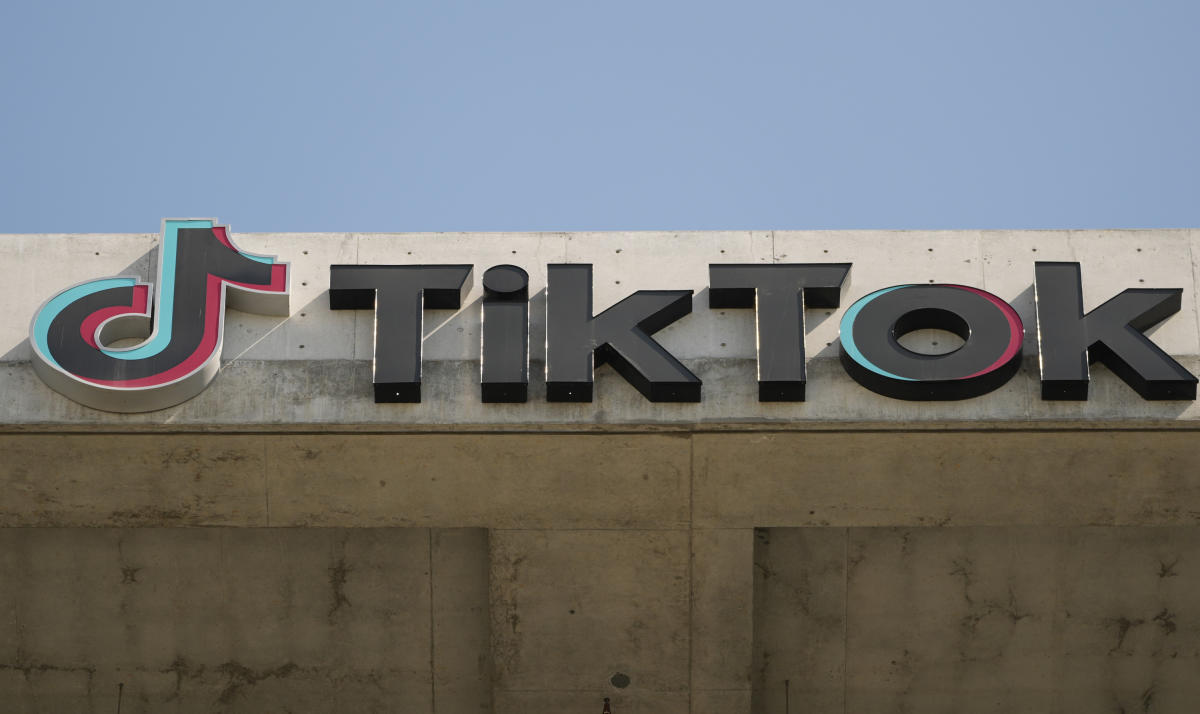Summary: Researchers reveal new findings on the complexity of age-related memory decline and neural dedifferentiation, challenging existing theories on cognitive aging.
The study utilized functional MRI to compare brain activity patterns in young and older adults, revealing that age diminishes the brain’s precision in processing visual information, with distinct mechanisms affecting category and item-level selectivity. This discovery suggests that neural dedifferentiation, a key factor in memory performance deterioration, operates differently than previously understood, indicating multiple underlying mechanisms.
These insights emphasize the need for a nuanced approach in studying and addressing cognitive health in the aging population.
Key Facts:
- Diverse Mechanisms of Dedifferentiation: Age-related decline in the functional specialization of brain regions is driven by different mechanisms at the category and item levels, suggesting a more complex picture of neural aging.
- Impact on Memory Performance: The reduction in neural selectivity is closely linked to declining memory performance, highlighting the importance of understanding these processes to develop interventions for cognitive health preservation.
- Future Research Directions: The findings call for a more cautious approach in generalizing from category-level data to broader brain function in aging, with plans for further research to explore these mechanisms using innovative methodologies like simultaneous eye movement and fMRI scanning.
Source: UT Dallas
Researchers from The University of Texas at Dallas Center for Vital Longevity (CVL) have discovered that brain correlates of age-related memory decline are more complicated than previously believed, a finding that could affect efforts to preserve cognitive health in older people.
Dr. Michael Rugg, CVL director and professor of psychology in the School of Behavioral and Brain Sciences, is the senior author of a study, published online Nov. 30 and in the Jan. 24 print edition of The Journal of Neuroscience, that found that age-related neural dedifferentiation, marked by a decline in the functional specialization of different brain regions, is driven by multiple mechanisms.
As people age — even in good health — the brain becomes less precise in how different classes of visual information are represented in the visual cortex. This reduction in neural selectivity, or dedifferentiation, is linked to worsening memory performance.
Using functional MRI (fMRI), the researchers examined the brain activity patterns of participants as they viewed images that belonged to broad categories of panoramic scenes and objects.
Some of the images were repeated, thus allowing measurement of the brain’s activity patterns elicited by image categories, as well as by individual stimulus items. The participants included groups of healthy young and older adults — 24 men and women with an average age of 22 years, and 24 with an average age of 69 years.
“At the category level, as we expected, we found that the older group showed reduced selectivity for scenes compared to the younger group, but not for objects,” Rugg said.
“But when we looked at individual items, selectivity for both scenes and objects were reduced in the older group. This implies that the mechanisms driving dedifferentiation at the single item level are not the same as those at the category level. We had, to this point, assumed they were one and the same mechanism.”
The implication, Rugg said, is that knowing how selective an individual’s brain is for categories does not predict how selective the brain will be for individual items.
“There isn’t a one-size-fits-all theory of age-related neural dedifferentiation,” said Rugg, who is also the Distinguished Chair in Behavioral and Brain Sciences.
“This has important implications for how we understand and investigate age differences in neural selectivity, some measures of which are predictive of memory performance. Moving forward, we’re going to have to be more cautious in how we generalize from category-level findings to what’s happening more broadly in the brain as people grow older.”
Corresponding author Sabina Srokova PhD’22, a former student of Rugg’s who is now a research associate at the University of Arizona, said the findings suggest at least two independent factors drive the reduction in selectivity in older adults.
“We know that the neural mechanisms underlying category-level selectivity are robustly related to memory success across the adult lifespan,” Srokova said. “However, the factors that contribute to the relationship between neural selectivity, age and memory abilities remain unknown.
“Now that we believe different neural mechanisms are at work in these two contexts, it’s crucial that we continue to study them separately.”
Researchers will next examine the mechanisms that contribute to age-related declines in category-level selectivity using simultaneous recording of eye movements during fMRI scanning.
Additional study authors include Dr. Joshua D. Koen, a former postdoctoral fellow in Rugg’s functional Neuroimaging of Memory laboratory, and lab research assistant Ayse Aktas.
Funding: The work was funded by the National Institute on Aging, a component of the National Institutes of Health (R56AG068149 and RF1AG039103), and by the nonprofit organization BvB Dallas.
About this cognitive decline research news
Author: Stephen Fontenot
Source: UT Dallas
Contact: Stephen Fontenot – UT Dallas
Image: The image is credited to Neuroscience News
Original Research: Closed access.
“Dissociative Effects of Age on Neural Differentiation at the Category and Item Levels” by Michael Rugg et al. Journal of Neuroscience
Abstract
Dissociative Effects of Age on Neural Differentiation at the Category and Item Levels
Increasing age is associated with age-related neural dedifferentiation, a reduction in the selectivity of neural representations, which has been proposed to contribute to cognitive decline in older age.
Recent findings indicate that when operationalized in terms of selectivity for different perceptual categories, age-related neural dedifferentiation and the apparent age-invariant association of neural selectivity with cognitive performance are largely restricted to the cortical regions typically recruited during scene processing.
It is currently unknown whether this category-level dissociation extends to metrics of neural selectivity defined at the level of individual stimulus items.
Here, we examined neural selectivity at the category and item levels using multivoxel pattern similarity analysis (PSA) of fMRI data. Healthy young and older male and female adults viewed images of objects and scenes. Some items were presented singly, while others were either repeated or followed by a “similar lure.”
In agreement with recent findings, category-level PSA revealed robustly lower differentiation in older than in younger adults in scene-selective, but not object-selective, cortical regions. By contrast, at the item level, robust age-related declines in neural differentiation were evident for both stimulus categories.
Additionally, we identified an age-invariant association between category-level scene selectivity in the parahippocampal place area and subsequent memory performance, but no such association was evident for item-level metrics.
Lastly, category- and item-level neural metrics were uncorrelated. Thus, the present findings suggest that age-related category- and item-level dedifferentiation depend on distinct neural mechanisms.

Rachel Carter is a health and wellness expert dedicated to helping readers lead healthier lives. With a background in nutrition, she offers evidence-based advice on fitness, nutrition, and mental well-being.






